The legends surrounding St. George are epic, which can help get children engaged with learning about the lives of saints. St. George was a Roman soldier of Greek lineage who was martyred during the Diocletian persecution in 303. He is one of the Fourteen Holy Helpers (basically the fourteen favorite saints of the 14th century who the faithful particularly turned to in times of plague).
The legend of St. George slaying a dragon can be traced to The Golden Legend written by Jacobus de Voragine in 1290. The basic tale is that pagan city of Silene had a dragon problem. To keep the monster at bay, the villagers fed the dragon two sheep a day until they ran out of sheep. Then they turned to a lottery and whoever’s number was drawn each day had to sacrifice one of their children to the dragon. One day the King’s number was drawn and he sent his daughter, the princess, to the dragon. St. George came upon her as she wept near the lake where the dragon lived. She tried to get St. George to leave so he wouldn’t share in her fate, but he insisted that he would save her in the name of Jesus Christ. St. George smote the dragon, and afterwards, in thanksgiving to God, the King and the people of Silene converted and were baptized. St. George refused all rewards and went on his way.
So does the Church teach that dragons are real? No, but there is still a lot we can learn from this story. People in the Middle Ages would have understood the symbolism behind the fanciful elements. At its core, the tale describes a people who didn’t love Jesus, who practiced human sacrifice, and whose souls were in danger. St. George brings Christianity to them, baptizes them, and saves them from their previous beliefs. He is as much a missionary as knight.
Here are some fun ideas for how to celebrate today:

